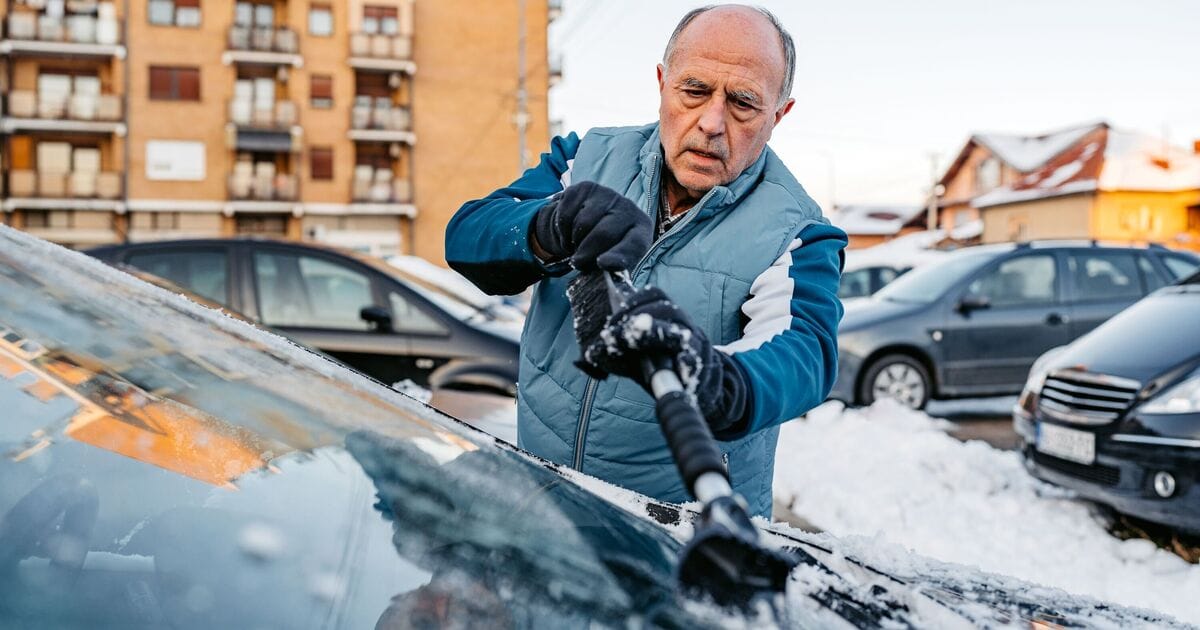Martin Lewis has waded in to the debate on whether it is more cost-effective to keep the heating on all day or not.
Money Saving Expert Mr Lewis discussed the topic during an appearance on ITV’s This Morning. He said: “They say it’s better to only put the heating on when you need it.
“You pay to pump energy in as and when is needed, and to keep pumping it in constantly isn’t efficient. Using a timer’s best, because your thermostat is designed to turn your heating on and off to keep your home at the temperature you set it at. So in general I’d stick with that.”
He then addressed the worry over condensation that is related to this issue. He said: “There are some engineers who argue that keeping the heating on low with all the radiators on and the boiler down can work as it reduces condensation, which when the heating is turned off collects within the walls, and can help conduct heat outside the home. This means you lose heat more quickly and will use more energy as a result. So if your house is prone to that you may want to think about it.”
On the MSE Forum, one user said: “I normally just leave it on stat (set the thermostat and let it sort itself out) so between 15 and 20 while I’m in. I turn it down to 10 when I’m out,” reports the Mirror.
One person said: “I live in a well-insulated new build so heating is on a timer with thermostat on 20C from 6am to 7am and 5pm to 8pm. I generally keep it off completely over the summer.”
Another added: “My heating is set to 21C from 07.45 to 23.30 then 18C overnight but sometimes I manually increase the temp to 22.5C in the evening if my wife is feeling chilly. It resets to 21C at 7.45 the next day. It will occasionally produce heat during the night if it is below freezing outside.”
There are plenty of other tips for keeping your heating bill down. These include using tin foil behind the radiators and closing your curtains to keep the warmth in.
You could also move your furniture away from radiators, turn the thermostat down to save money, leave the oven door open after cooking to release warm air into the kitchen, and buy a rug.
There’s more. Cover your floors with an insulating cotton rug. This can make a difference to the temperature in your home. And be aware – keeping a jumper on means less reliance on heating.
Draft-proofing your home by sealing cracks in floors and walls with simple gaffer tape, and blocking door bottoms with old clothes or towels, can also help reduce your heating bills. If you have access to public woods, consider foraging for firewood – just remember to respect wildlife habitats.
A traditional hot water bottle can be a cost-effective way to stay warm in bed. If you have a south-facing room that gets plenty of sunlight, leave the door open during the day to let the warm air circulate, then close it at sunset to trap the heat inside.





